Wine is a beverage enjoyed by many people around the world. It is considered to be among the oldest alcoholic beverages known to mankind. When it comes to wine, there are two primary types – red wine and white wine.
Whether you’re a connoisseur or just getting started in the world of wine, it is important to understand the differences between these two popular varieties.
Red Wine vs White Wine – Most Popular grapes
If you’re looking for a great bottle of wine, chances are you’re trying to decide between red wine and white wine. But when it comes to choosing the right grape variety, there are many options available. Here, we take a look at some of the most popular red and white grapes so that you can choose the red wine or white wine that best suits your taste.

Red grapes
When it comes to the most popular red grapes, Cabernet Sauvignon is an undeniable favorite among red wine grapes. This characterful dark-skinned grape produces full-bodied red wines with intense flavors of blackcurrant, tobacco and herbs.
Merlot is another classic choice. This juicy grape has soft tannins and offers fruity flavor with aroma of dark fruits like blackberry and plum.
Syrah/Shiraz is also worth mentioning; its spicy profile makes it a great alternative for bolder styles of red wines.
White grapes
White wines are beloved around the world, making up a good portion of the wine market. Many white wines come from popular grape varieties, prized for their unique flavors and characteristics. Here is a look at some of the most popular white grapes that you should know about if you are a fan of this type of wine.

Airén is more popular than Chardonnay which is one of the most popular white grapes in the world. It is used to make classic full-bodied whites that often have tropical flavor notes. Sauvignon Blanc is another widely planted variety, producing crisp and vibrant wines with citrusy notes and herbaceous aromas.
Riesling is well known for its floral aroma and peach or apricot flavors on the palate. This white wine can be made in both dry or sweet styles depending on where it’s grown and how it’s vinified.
Red wine vs white wine grapes
Dark grapes and white wine grapes are two of the most common types of grapes that are used to make wine.
Red grapes produce a deep, dark colored red wine with bold flavors and robust tannins. Popular red grape varieties include Cabernet Sauvignon, Merlot, Pinot Noir and Syrah.
White grapes create a light-colored white wine with fruity aromas and delicate acidity. Common white grape varietals include Chardonnay, Riesling, Sauvignon Blanc and Gewürztraminer.

When it comes to selecting the right type of grape for making your favorite type of wine, red or white is just the beginning!
Different grape parts used in making red wine and white wine
Red wine and white wine are drinks that are enjoyed around the world. Although both wines come from grapes, there is an important difference in how these two types of wines are made. Most importantly, red and white wine differ due to the parts of the grape used.
In making red wine, both the skins and pulp of the grapes are used during fermentation. The skins contain pigments that give red wines their color, tannins which give them structure and body as well as other compounds that help impart flavor.
In contrast, while making white wines only the grape juice is fermented. Only in rare cases the grape skin or pulp is used at all for white wine. This means that fewer compounds are extracted from the grape skin resulting in a light-colored drink with a subtle flavor profile compared to its red counterpart.
Red Wine vs White Wine: The Wine Styles
When it comes to wine, many people are faced with the difficult decision of choosing between red wine and white wine. The two main types of wines have different flavors and aromas, as well as differences in production methods. Red wine and white wine also differ in terms of their color, taste profile, health benefits, and food pairings when drinking wine.

Red wine styles
Reds are produced by fermenting the skins with the juice for a longer period of time than white wines. This process produces tannins that give red wine its characteristic flavor profile such as dark fruits or spices like blackberry or clove.
Red wine tends to be fuller bodied than white wine due to its higher alcohol content. They are often served at room temperature or slightly chilled, making them a great choice when enjoying heavier dishes like steak or pasta.
White wine styles
Wine is a popular alcoholic beverage around the world. There are several different styles of wine, both white and red, that can be enjoyed in various settings. White wine is most commonly found with lighter meals such as seafood or salads, but it also pairs nicely with heavier dishes.
There are five main wine styles to consider when selecting a bottle for any occasion: Semi-Sweet, Dry, Sparkling, Aromatic and Fortified.
Semi-sweet wines are slightly sweet without being overly sugary. When drinking wine they often have notes of honey and apples. Dry white wine has very little sweetness; instead focusing on the crisp acidity and minerality of the grape varietal used in production.
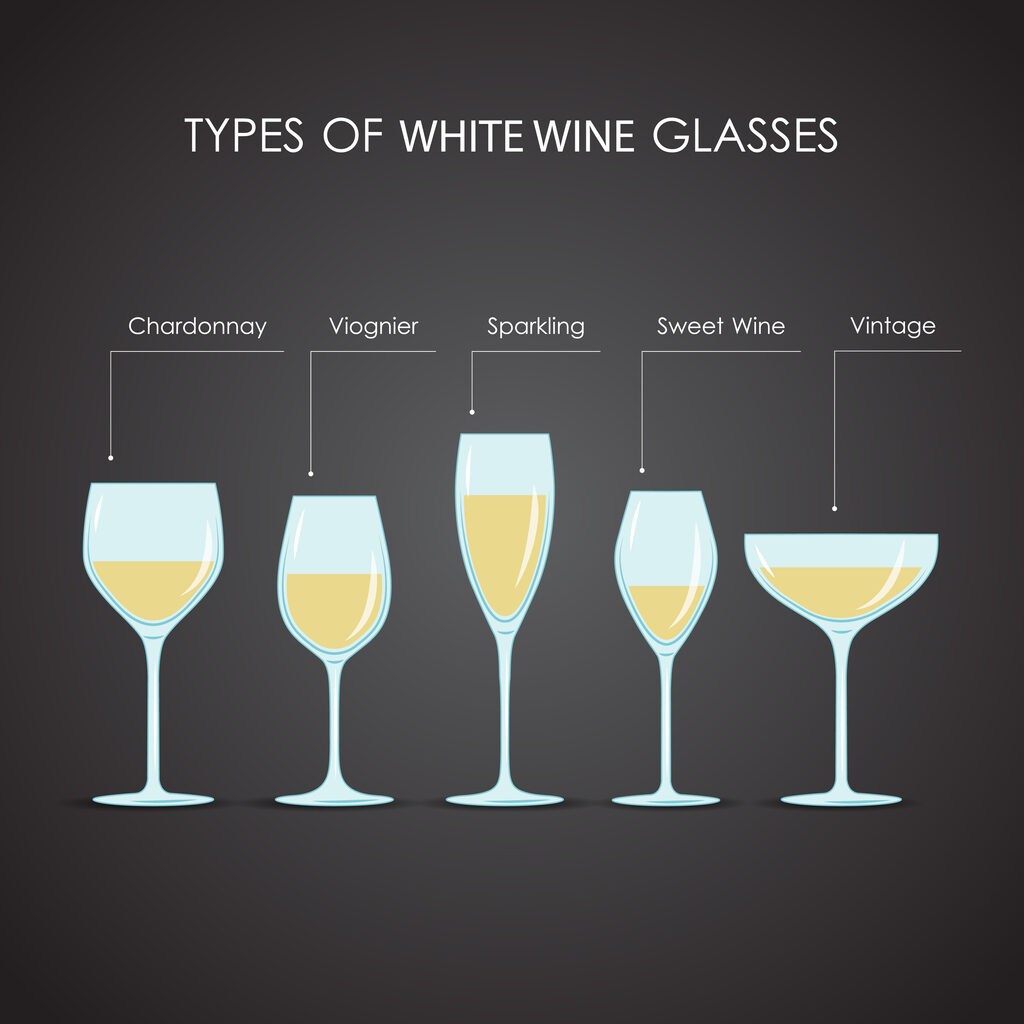
Sparkling wines range from dry to sweet and come from multiple countries; they tend to offer an effervescent quality that lightens up any meal or occasion.
Most white wine is non oaked. Therefore they need to be stored in ceramic or concrete vats or stainless steel vats.
Blanc de noir
White from Black” is a type of white wine made from red grapes. This unique and flavorful beverage has become a popular choice among wine connoisseurs and casual drinkers alike.
A blanc de noirs is made by pressing the juice from red grapes, unlike for the production of red wine the pulp and skins are kept out of the liquid. This creates a light-colored, crisp white wine with a hint of sweetness that pairs well with various types of food.

The taste can vary depending on which type of red grape was used to make it. Additionally, the flavor may differ depending on how long it was aged or if any other ingredients were added before bottling. The end result is typically an aromatic and fruity white wine that has some qualities reminiscent of both red wines and whites.
Full-bodied red wine
When it comes to red wine, few styles can match the complexity and richness of full bodied varieties. Full bodied red wines are made from bold grapes such as Cabernet Sauvignon, Shiraz, Merlot, and Zinfandel that produce intense flavors and aromas.
These red wines have a deep color which comes from the grape skins. The high alcohol content and well-structured tannins give them an unmistakable full body flavor in the mouth.
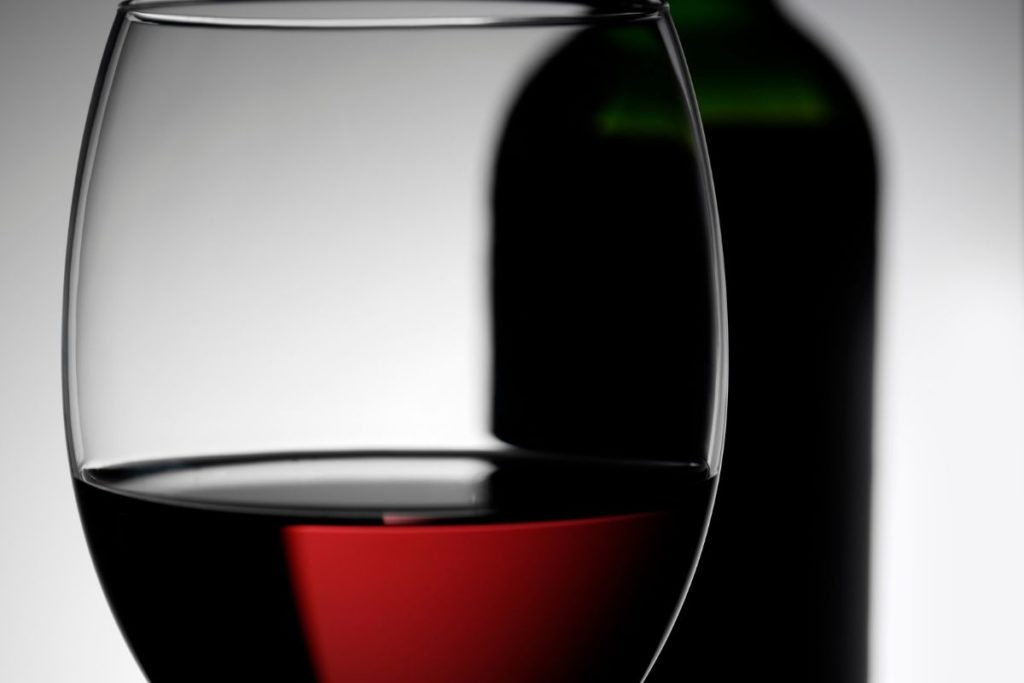
Most full bodied red wine is intended for aging due to their sturdy structure which makes them ideal for cellaring or enjoying now after some decanting. On the nose they offer notes of dark fruits like plum, blackberry and cherry as well as warm spices such as pepper or clove depending on the varietal.
The palate offers a medium-to-full body with soft tannins that provide balance to its intense flavors.
Light-bodied red wine
Light bodied red wine is an excellent choice for any wine lover. These wines have a medium-light body and vibrant fruit aromas that make them perfect for sipping on their own or pairing with food.
Light bodied red wine tends to be made from grapes like Gamay, Pinot Noir, and Grenache. They have delicate tannins and lower alcohol content which allows the flavors of the grape to shine through more prominently.
These lighter styled reds can range from bright cherry notes in Pinot Noir to currant and strawberry flavors in Gamay. They also often boast subtle earthy nuances that pair well with lighter foods such as white fish or salads. The combination of fruit driven flavors, low tannin levels, and soft acidity make these reds enjoyable to drink at any time of year – even when it’s hot outside!
Full-bodied whites
Full bodied white wines are an excellent option for those who have a taste for something rich and flavorful. With its bold flavor, full bodied whites provide an intense level of complexity and depth that can be enjoyed by any white wine aficionado. These wines are characterized by their intensity, weight, and richness that comes from the grape varietal used in production.
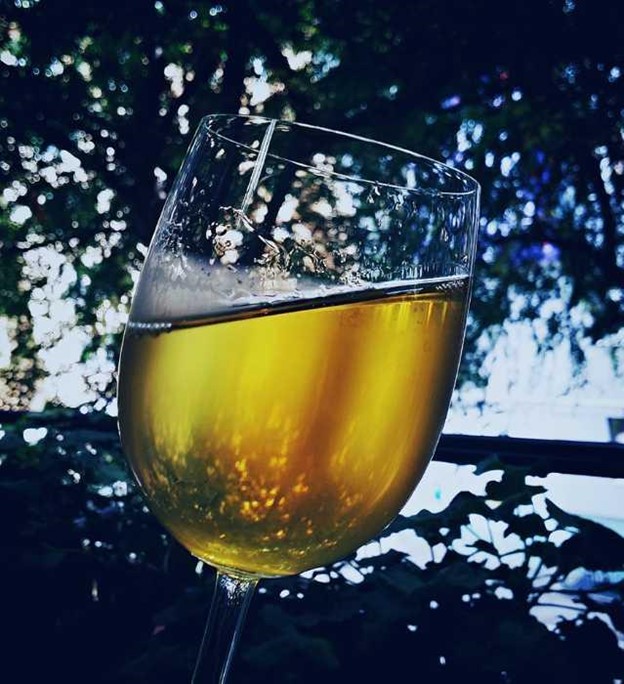
The main grapes used to make full bodied white wines include Chardonnay, Roussanne, Viognier and Marsanne. Each of these grapes has a unique flavor profile that imparts its own distinct characteristics to the resulting wine; Chardonnay provides ripe fruit flavors with a creamy texture while Roussanne yields herbal notes with smooth acidity.
Light-bodied whites
Light bodied white wines are a popular choice for those looking for an easy-drinking beverage. Light bodied whites are perfect for summer days, as well as any time of year that calls for a light and fruity beverage. These wines are typically made from grapes such as the white Sauvignon varietals, Pinot Grigio, or Riesling, which give them their crisp and refreshing flavor.
These delicious offerings have bright acidity with low tannins and alcohol levels of 12% or less. They also tend to be lower in calories than other types of wine because they don’t contain oak or high amounts of residual sugar. Light bodied whites offer fresh aromas with citrusy notes like grapefruit and lemon that go perfectly with seafood dishes like oysters, crab cakes, shrimp scampi and more.
Choose White Wine If … You Love Citrus Flavors
Wine has a vast range of flavors and aromas, making it an ever-popular libation. The unique characteristics of each wine can be attributed to the specific grapes used in its production as well as how it was produced.
One of the most desirable traits found in wines is citrus notes. These can add refreshing brightness to a variety of wines, ranging from white and rosé to sparkling and red varieties.

When looking for wines with citrus notes, Sauvignon Blanc or Pinot Grigio are two excellent choices for white wines. Fresh acidity often makes them a favorite among drinkers due to its characteristic zesty lemon and lime flavors, while Pinot Grigio typically displays more subtle undertones of grapefruit and orange zest. Additional notable whites with citrus notes include Riesling and Chenin Blanc.
Oaked red and white wine
When it comes to oaked wine, there are two distinct varieties: red and white. But what’s the difference? These two types of oaked wines vary in flavor and aroma profiles, making them unique in their own right. Oaked red wine and oaked white wine is made by storing the wine in oak barrels. The intensity of the oak flavor in the wine can be influenced by the time the wine is stored in oak barrels and if new or old oak is used.
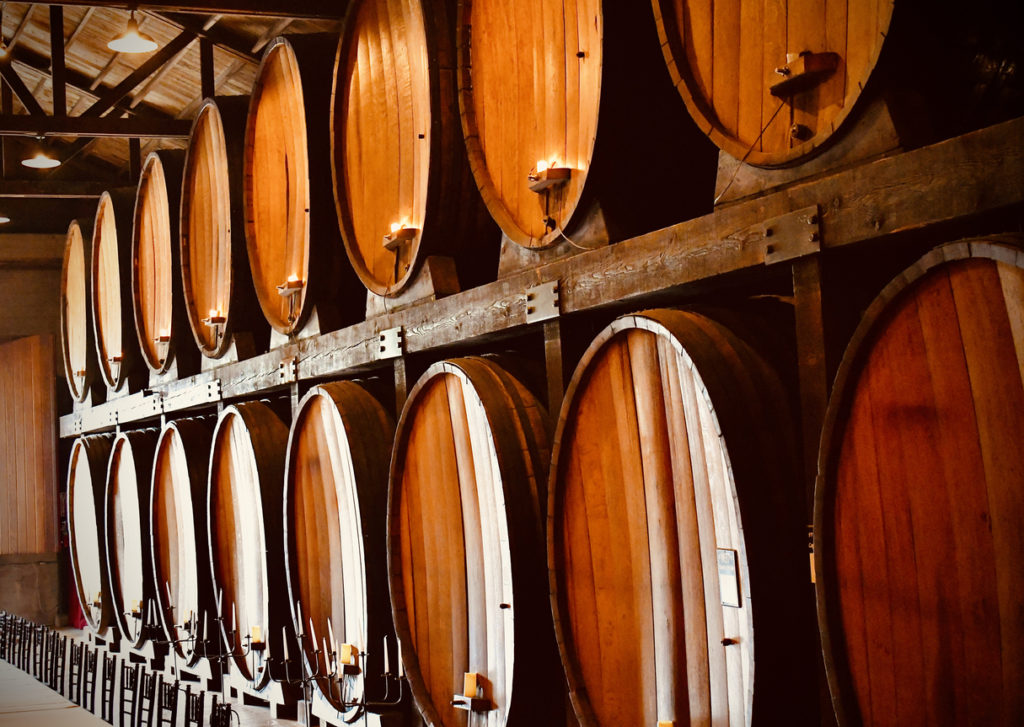
Oaked red wine
Oaked red wines are the most common type of oaked wine. They have a fuller body and deep flavor profile, due to the oak aging process they undergo. The tannins provide a richer taste, while notes of vanilla, caramel, and mocha add complexity. The aroma of oaked red wines is often described as nutty or earthy with hints of berries that linger on the nose.
Oaked white wine
In contrast to red wine, oaked white wines have a light and crisp body but still carry some of the qualities from oak aging such as spice notes like cinnamon or clove along with subtle aromas like butter or almond.
Oaked white wines are mostly Chardonnay whites whereas Riesling and Sauvignon blanc wines are mostly non oaked.
Wine health benefits
Wine has long been known as a beverage that can be enjoyed in moderation for its health benefits. Many studies have linked moderate consumption of wine to improved physical and mental health, making it a great choice for those who are looking to enjoy the occasional glass while reaping some added benefits.
Antioxidants and minerals
One of the most prominent health benefits is attributed to the antioxidants found in red wines. These antioxidants have been shown to reduce inflammation in our bodies, which is believed to help with certain chronic diseases like heart disease and stroke. In addition, these compounds also contain beneficial minerals like potassium, magnesium and zinc which can help support overall bone health and boost immunity levels.
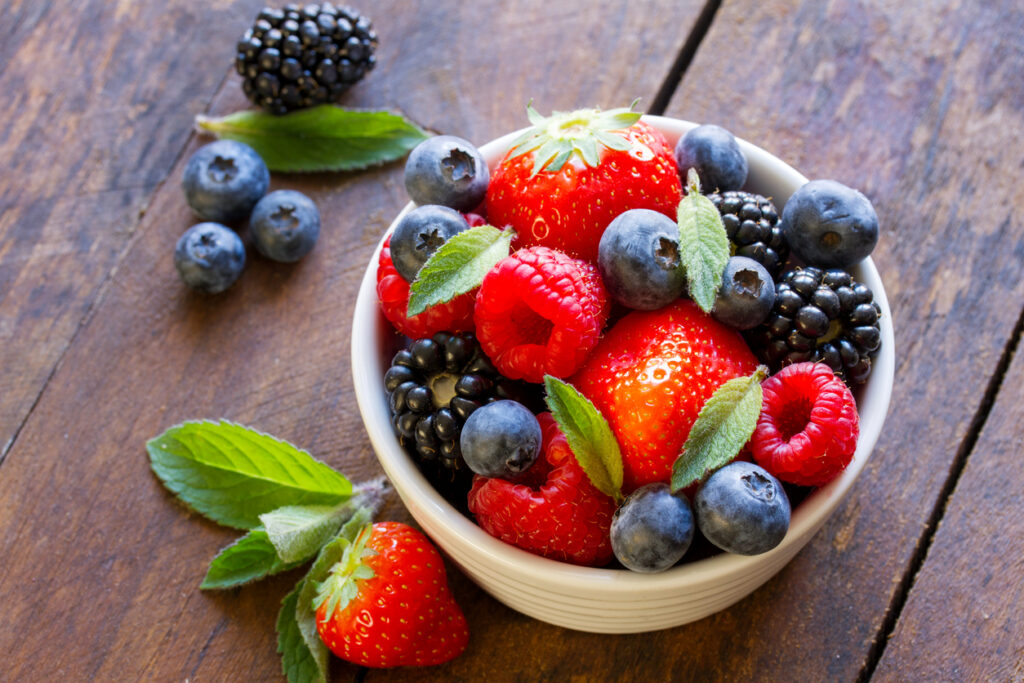
Antioxidants can also be found in white wines but at lower levels than in red wine. This due to the early separation of the grape skins from the fermented grape juice.
Resveratrol
Wine offers a variety of antioxidant compounds in each glass which can have numerous positive effects on your overall health. Most notably, these include resveratol which is found in red wines.
The polyphenol resveratrol is an antioxidant compound that belongs to a class of polyphenols known as flavonoids and has been studied for its potential role in controlling cholesterol levels as well as improving heart health.
It may also help boost metabolism therefore fewer calories are taken up by your body. They help reduce inflammation caused by chronic conditions like arthritis. In addition, resveratol has been shown to exhibit anti-cancer properties that could potentially protect against certain types of cancer cells.

Benefits and dangers of alcohol consumption
Finally, research suggests that moderate consumption of red and white wines may even improve cognitive functions such as memory recall and reaction time as well as reducing cholesterol levels. This makes it an ideal drink for socializing with friends after work or dinner parties over the weekend.
There are not only health benefits! A high alcohol consumption is associated with a detrimental change of the liver. Pure alcohol is considered to have a carcinogenic nature.
These effects can outweight the positive influence of the high antioxidant consumption by drinking red and white wines.
Which Foods Pair With White Wine and red wine?
Wine and food pairing is an art form that can take any meal from ordinary to extraordinary. Whether you prefer a light white wine or a robust red wine, there’s sure to be a perfect match for your palate. With so many different styles of wines available, it’s helpful to understand the basics when it comes to pairings.
When choosing the right wine for your meal, consider the intensity of flavors in each dish. Red wines are typically bolder compared to their white wine counterparts and have more tannins which can often overpower delicate dishes such as fish or creamy pastas.

On the other hand, white wines tend to be more acidic. Therefore you can pair white wine with grilled meats or spicy dishes. Furthermore, both reds and whites pair well with a variety of cheeses and desserts depending on their sweetness level.

